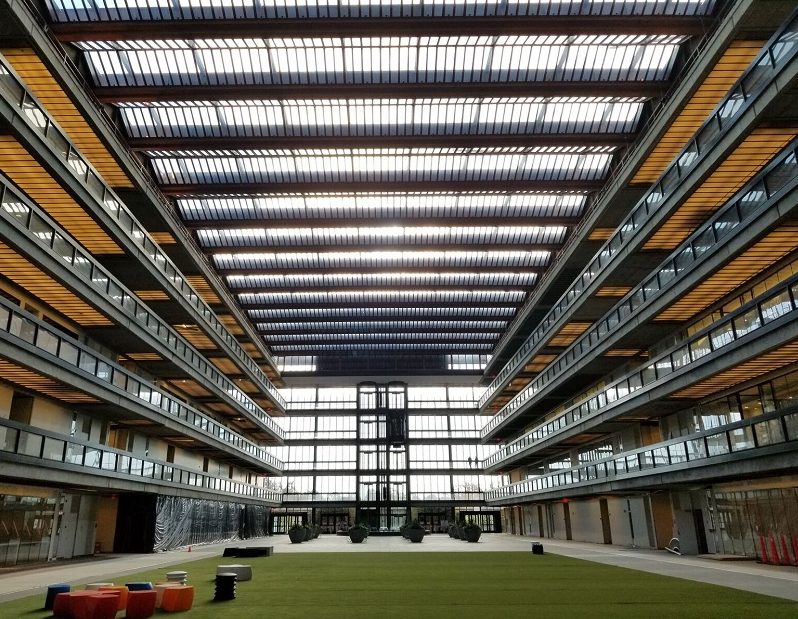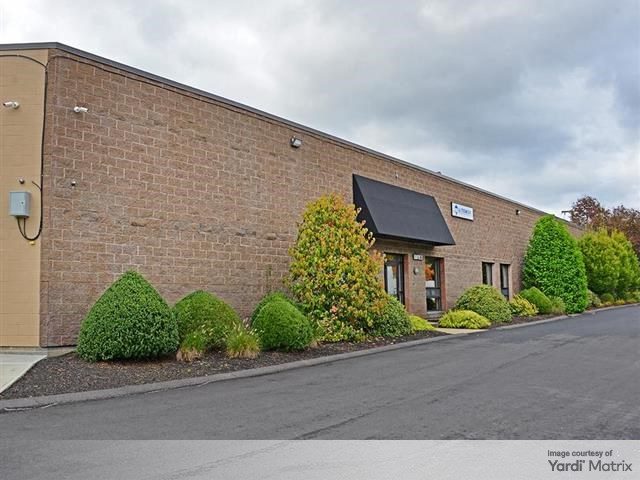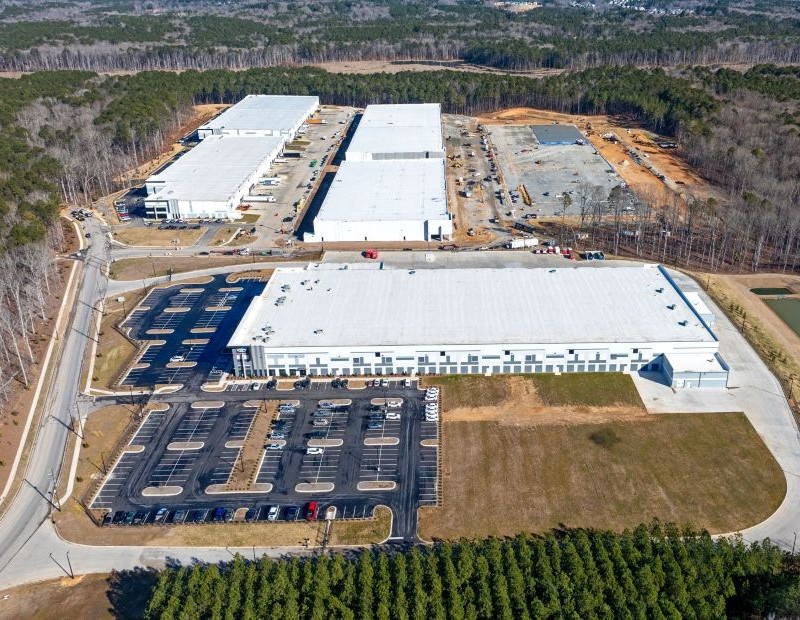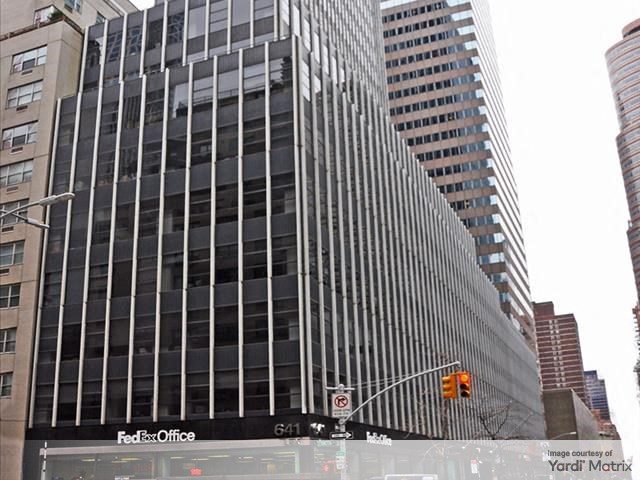Record-Setting Skylight Rings a Bell
The nation's largest such solar installation crowns a reinvented New Jersey landmark.
By Nancy Crotti

Bell Works’ 60,000-square-foot solar skylight in Holmdel, N.J., is the largest in the U.S.
Physicists at Bell Laboratories in Holmdel, N.J., were the first to commercially produce silicon solar cells in the mid-1950s. Now the building in which those pioneers did their work is crowned by solar photovoltaic skylights.
Indeed, the 2 million-square-foot building’s chief technology and energy officer, Joel Shandelman, calls the 60,000 square feet of energy-producing glass the building’s “crown jewel.” Somerset Development has renamed the building Bell Works and is turning it into a “metroburb,” combining offices, retail, dining, recreation and more. The skylights will generate up to 176 kW of electricity, enough to furnish 15% of the building’s energy.
The first skylight at Bell Works was installed in the atrium in 1962 according to building architect Eero Saarinen’s design. As the building was expanded, two other skylights were installed, one each in a new atrium, separated by elevator banks.
By the time Somerset took possession of the long-vacant structure, some of the skylight panes were cracked and leaking. Somerset officials weighed the merits and costs of replacing them with regular glass versus photovoltaic glass. A 30-percent federal tax credit for using solar glass made each solar pane cost $423, versus $477 for a standard pane, Shandelman noted. The total cost of the 3,200 panes of solar glass, including shipping and installation, fell from $3.5 million to about $2.5 million.
San Francisco-based Bank of the West provided the skylights’ financing, using the incentive tax credit up front to offset the cost of the loan, Shandelman said. “That financing scheme proved very, very effective, very efficient for us,” he added. “The incentive tax credit is not just on the glass but it also applies to the installation of the glass. It costs almost to install it as to purchase it.”
Somerset ordered the custom glass from Spanish photovoltaic glass manufacturer Onyx Solar Energy, which manufactured 24 different glazings to cover the amorphous silicon thin-film photovoltaic active glass, laminated between two sheets of tempered safety glass. The configuration of the glass panes, which range in size from 3×6 to 3×8 feet, allows for 20 percent Visual Light Transmittance (VLT), reducing solar heat gain while producing energy all without affecting Bell Works’ historical design.
The glass has properties that make it delicate in some ways and very robust in others, Shandelman said. Although it survived the Transatlantic trip, a few panes broke during installation, which occurred in three phases from March to December 2017. (Somerset had ordered extra, just in case.)
Each section underwent two phases of installation, electrical and physical. Abender Corporation of Fort Lauderdale and Pittsburgh designed and installed the electrical portion, according to Abender CEO Daniel Camacho.
“Bell Works’ is the largest solar skylight in the U.S.,” said Camacho. It surpassed the 820-pane, crystalline silicon solar skylight that Onyx manufactured and Abender helped install at Novartis Pharmaceuticals’ headquarters in East Hanover, N.J. in 2013.
Bell Works’ amorphous silicon glass’ chemistry, photovoltaics and electrical design differ from the crystalline silicon photovoltaic glass that Onyx made for Novartis, according to Shandelman. Because of the number of panes at Bell Works, the electrical design had to be highly distributed, funneling the wires coming from the panels into 120 combiner boxes, added Camacho.
“There were structural channels there that helped us,” Camacho said. “Otherwise it would have been much more difficult and of course the cost would have gone up. We made good use of that.”
Somerset stayed true to Saarinen’s design of pitching each pane at an angle of 22 degrees to capture the sun’s rays better than a flat skylight would. “They wanted the sun to penetrate the roof nicely for the occupants and it’s also a side benefit for collecting solar energy,” Shandelman said.
Given the opportunity, would Somerset choose solar photovoltaic glass over regular glass for future skylights?
“Yes, emphatically yes,” Shandelman said. “It’s a very unique product and it serves a very unique purpose. If you have a glass skyroof and you need to replace it, I don’t see why you wouldn’t replace it with solar glass.”







You must be logged in to post a comment.